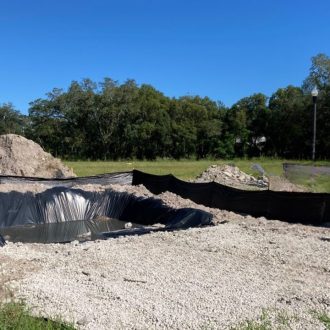
etlands serve an important purpose for our natural environment. Wetlands can serve a variety of different purposes. They can help to mitigate flooding and protect groundwater sources, they provide valuable wildlife habitat to many different species, and they even serve as a valuable filtration system for contaminants that have made their way into the water. On top of all this, there has been more of a move towards wetlands as a valuable ecotourism option.
Florida is full of wetlands, which means that you will inevitably run into them when planning out new developments. The jointly run environmental resource permit program is administered by both the Florida Department of Environmental Protection and the regional Water Management Districts throughout the states. This program helps to manage all potential impacts to wetlands throughout the construction process.
With all this in mind, how do you go about protecting your wetlands? The first answer is to ensure that you maintain a natural buffer around your wetlands to protect them. This buffer zone can vary depending on your location, the nature of your construction activities, or other factors. Counties and sometimes municipalities have different requirements for the buffer that you may need to have around local wetlands. Normal requirements range anywhere from 25-50 foot buffers.
Next you may want to have additional measures to prevent runoff from leaving your site and going into the localized wetlands. Many sites use silt fence, either double or single row and sometimes reinforced, as their first line of defense. The silt fence not only serves as a stormwater runoff BMP, but also as a physical barrier for trash, construction debris, or chemicals that may try to breach your project boundary. Sites will also utilize different types of turbidity barriers as a last line of defense. There is staked turbidity barrier which is placed along the wetland boundary, and floating turbidity curtain that can be placed at outfall locations to help settle sediment that makes it past our first lines of defense.
It is also helpful to know what your on-site drainage looks like. If your inlets remain protected and you utilize proper washout facilities for liquid waste, then this helps to ensure that all harmful substances remain on site and contained where they belong. Keeping your inactive parts of the site temporarily stabilized with vegetation is also an effective way to keep localized wetlands free of sediment runoff.
Need help figuring out the best practices for protecting your wetlands on or around your site? Be sure to contact the professionals at KCI with any questions.



